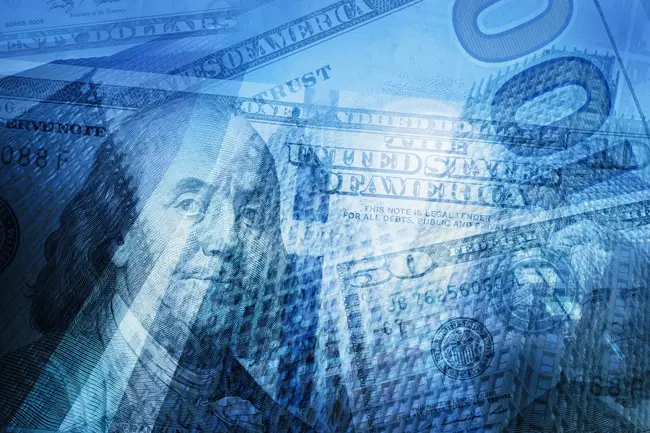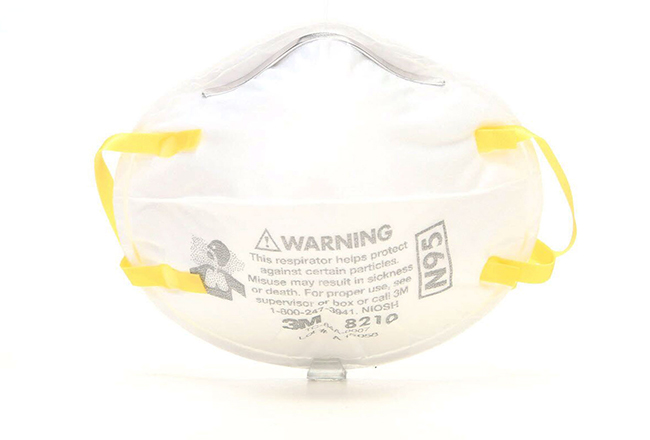The Federal Reserve this morning announced moves to help the U.S. economy that is being ravaged by the COVID-19 outbreak and the proactive steps to impose social distancing that have led to a growing shutdown of businesses.
Bigger businesses would be helped first with the Fed promising another program later on that would be designed to help smaller businesses.
The Fed is mandated by Congress to promote maximum employment and stable prices while promoting the stability of the financial system.
 Wall Street at first reacted favorably, with observers suggesting that the Fed’s latest moves show a strong commitment not to let the economy sink into a deep recession. Within half hour of the opening of trading, however, the Dow Jones Industrial stock average had sunk more than 500 points.
Wall Street at first reacted favorably, with observers suggesting that the Fed’s latest moves show a strong commitment not to let the economy sink into a deep recession. Within half hour of the opening of trading, however, the Dow Jones Industrial stock average had sunk more than 500 points.
“The coronavirus pandemic is causing tremendous hardship across the United States and around the world,” the Federal Reserve said in a statement. “Our nation’s first priority is to care for those afflicted and to limit the further spread of the virus. While great uncertainty remains, it has become clear that our economy will face severe disruptions. Aggressive efforts must be taken across the public and private sectors to limit the losses to jobs and incomes and to promote a swift recovery once the disruptions abate.”
The Fed said that it expects to soon announce the establishment of a Main Street Business Lending Program to support lending to eligible small and medium size businesses, complementing efforts by the Small Business Administration.
That would be in addition to specific plans announced this morning to establish programs providing up to $300 billion in new financing for employers, consumers and businesses.
It said that the programs would be in the form of lending facilities that would buy corporate bonds, municipal bonds and paper tied to auto and real estate loans. It did not specify how much would go into each category. It did say that the Department of the Treasury would be using the Exchange Stabilization Fund to provide $30 billion in equity.
The Fed said its Federal Open Market Committee would buy an unlimited amount of mortgage-backed securities along with Treasury bonds to keep the financial markets functioning smoothly. The committee had previously announced it would buy at least $500 billion of Treasury securities and at least $200 billion of mortgage-backed securities.
The Fed said it would be setting up two sources of funds to help large companies. The Primary Market Corporate Credit Facility would be established to fund new bond and loan issuance and the Secondary Market Corporate Credit Facility would provide liquidity for outstanding corporate bonds.
The Primary Market Corporate Credit Facility would allow companies access to credit so that they are better able to maintain business operations and capacity while disruptions caused by the pandemic continue to have impact.
This facility is open to investment grade companies and will provide bridge financing of four years. Borrowers may elect to defer interest and principal payments during the first six months of the loan, extendable at the Federal Reserve’s discretion, in order to have additional cash on hand that can be used to pay employees and suppliers. The Federal Reserve will finance a special purpose vehicle to make loans from the facility to companies.
The Secondary Market Corporate Credit Facility will corporate bonds in the secondary market. These would be bonds issued by investment grade U.S. companies and bond funds listed on a U.S. Exchange.
The Term Asset-Backed Securities Loan Facility would support the flow of credit to consumers and businesses. It will enable the issuance of asset-backed securities backed by student loans, auto loans, credit card loans, loans guaranteed by the SBA and certain other assets.
The Fed said, “Taken together, these actions will provide support to a wide range of markets and institutions, thereby supporting the flow of credit in the economy.”
The Fed promised to “continue to use its full range of tools to support the flow of credit to households and businesses and thereby promote its maximum employment and price stability goals.”






















Why are Schumer, Pelosi and the Democrats dragging their feet on the stimulus package? Why dont they get job preservation is paramount?